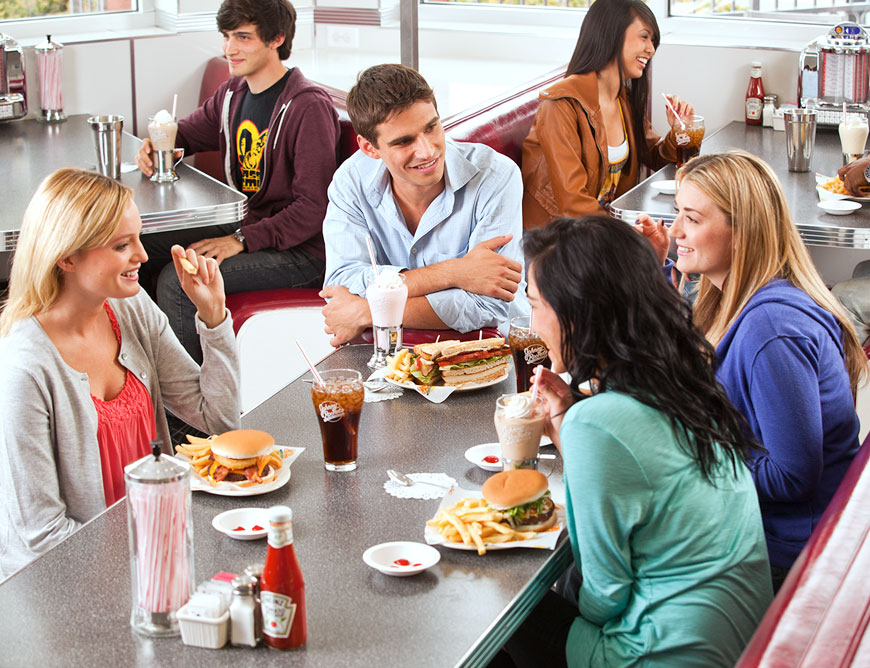There’s a lot of buzz in almost every circle about the Millennial generation—those born between 1978 and 1995—and for good reason. They are spending money in a big way and, if you market to them right, they’ll spend it eating out.
The numbers don’t lie. Millennials spend more per capita in restaurants than any other generation, according to Restaurant Marketing Labs. But the type of experience they prefer can be a bit of a moving target. While sit-down restaurant visits by this demographic are dwindling, according to Time, takeout is on the rise, particularly for healthy options that highlight all-natural and organic offerings. Moreover, Millennials are more likely than previous generations to go for takeout than groceries. This may partly explain why in May, overall restaurant sales surpassed grocery stores for the first time ever, according to the National Restaurant Association.
It’s not just the product offerings that will need to change if restaurants wish to entice Millennials. Marketing to this generation is quite different. One-directional communications through a singular communication platform won’t cut it with this crowd. They use multiple platforms, and while television is still important, they rely on it is less than other groups. Moreover, this new demographic requires more personal connections with eateries, which can be increasingly leveraged through social media, as well mobile and email marketing.
Beyond using multiple forms of communication, you must also consider what you convey to Millennials. Restaurants can’t simply blast their products and services over the airwaves, touting the best selection at the lowest prices and get Millennials to respond favorably. These consumers look for eating establishments to demonstrate how their place fosters "everyday celebrations” as a means to connect and share experiences together.
One of the other things that makes this generation unique is how much more driven they are than Gen X or Baby Boomers to their social, photo-driven culture. The notion of “being there” is a natural motivator for Millennials. Restaurants will have to demonstrate to this consumer demographic base how their offerings and experience—be it take out, sit down, or both—helps them complete the picture.
And herein lies the rub. The social value of eateries to Millennials is more dependent on the backstory of how the experience fits into their desire for a balanced lifestyle than the price for which the products are offered. This gives Millennials something to share and talk about with their friends. In turn, restaurants must respond with a concept called “Story selling,” in which every product has something important to add to the conversation and experience of the customer.
For many in this industry, this strategic marketing shift may require some retooling of tactics and techniques, both on the promotion and evaluation side. The number of ways eateries can measure the success of these initiatives is plentiful. The trick will be to look at the right information and take effective action to acquire, engage, convert, and retain customers. Make no mistake, though: Millennials are the dominant customer segment in the restaurant industry, and there’s good money to be had to those who act to engage this consumer group effectively.










